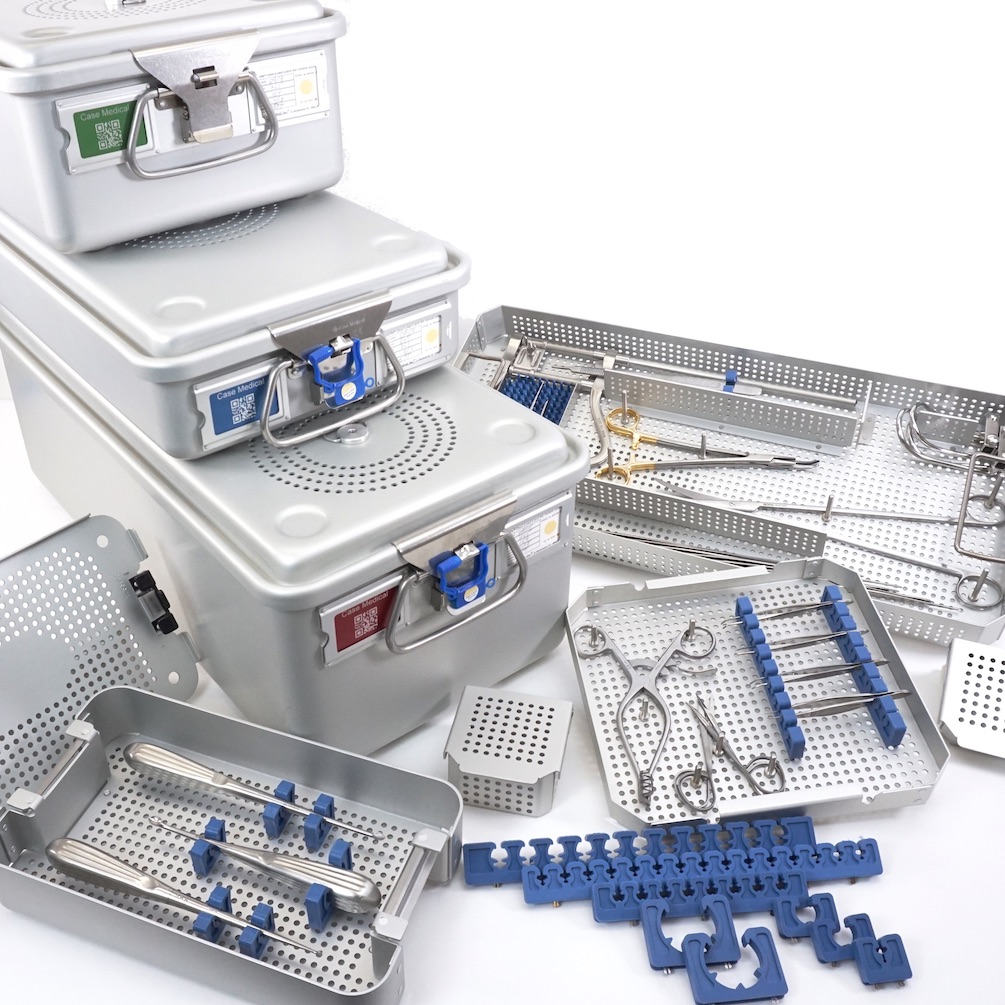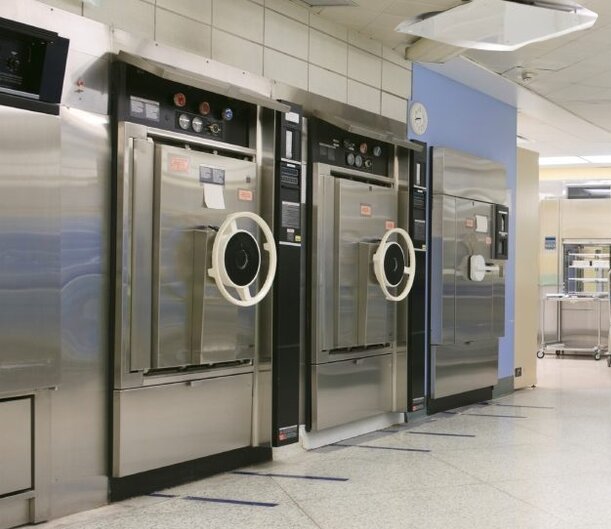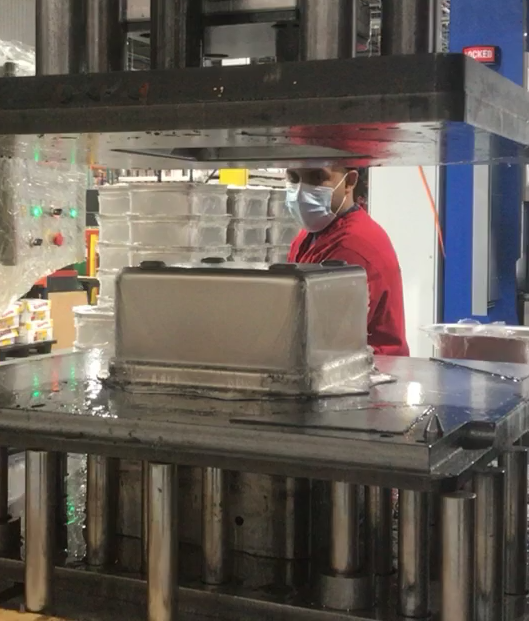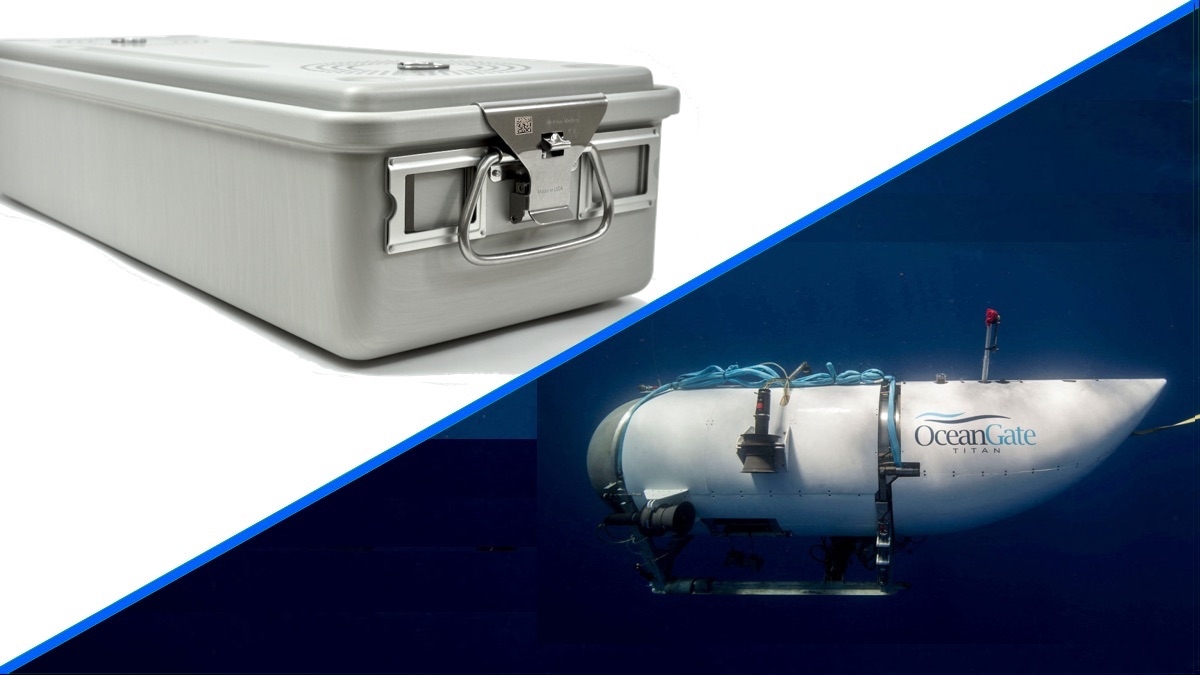
SteriTite safer than a submersible
Last Thursday we got confirmation of the destruction of the submersible Titan and the loss of all onboard. Our hearts go out to the loved ones of those lost to what was a completely avoidable fate. Was this a tragedy of simple mechanical failure or is there more to consider? Indeed, catastrophic implosion at great depth is a disaster, but what is the root cause of the failure? We can do a Root Cause Analysis thought experiment drawing on our experience with designing and manufacturing SteriTite containers. Let’s look at the situation.
Extremes of temperature and pressure
Extreme conditions simply are not to be taken for granted, devices engineered and built for extremes of temperature and pressure must have wide margins for error, nothing can be taken for granted. We build the SteriTite container system for the high temperature and pressure environment of the steam autoclave, yet the same container is equally capable of withstanding the hydrogen peroxide vapor and gas plasma in low temp sterilizers. Judging from the catastrophic implosion of the Titan submersible built by OceanGate simply wasn’t up to the environmental challenges it encountered 12,000 feet deep in the North Atlantic with the materials it was built with.


Only as good as your parts
When building a device on which lives depend skimping on component parts or materials is a risky strategy. David Lochridge, who was hired to run manned tests of submersibles at OceanGate, claimed five years ago in court papers “that he was fired after he warned that the Titan’s carbon shell was not properly tested to ensure it could descend safely to 4,000 meters.” That’s not how our company Case Medical operates. Our containers are produced from aircraft grade aluminum, anodized and passivated for strength, corrosion resistance, and durability. When you consider a SteriTite container, you’re looking at a Class 2 medical device which has been rigorously tested to be safe, free of defects, and capable of providing long term sterile storage of medical devices. The inventor of the Titan deep sea submersible was so sure of its claimed superior design that he boasted that certifications did not apply to his technology. Well, he’s been proven wrong in a most tragic way.
When failure is not an option, be prepared with certified, validated, and proven products from Case Medical. Is it time to take another look at your current processes and products. Are they truly up to the task? Contact us at [email protected], we’re here to help. Visit us anytime at www.casemed.com to learn more about our products and services.
Marcia Frieze and the Case Medical team





